Breathalyzer Principle Types mechanism detection of alcohol

BACtrack S80 Professional Breathalyzer, Portable Breath Alcohol Tester
Myth 1: Breathalyzers detect alcohol from the stomach. Reality: They analyze alcohol vapor from the lungs, not stomach contents. Myth 2: Breathalyzers measure your Blood Alcohol Content. Reality: They provide a measurement based on Breath Alcohol Concentration and are subject to variables. Myth 3: Certain methods can fool breathalyzers.

Breathalyzer Principle Types mechanism detection of alcohol
A breath alcohol test is relatively straightforward. Multiple types of breathalyzer devices exist, but all do the same job of testing blood alcohol levels by analyzing a subject's breath.
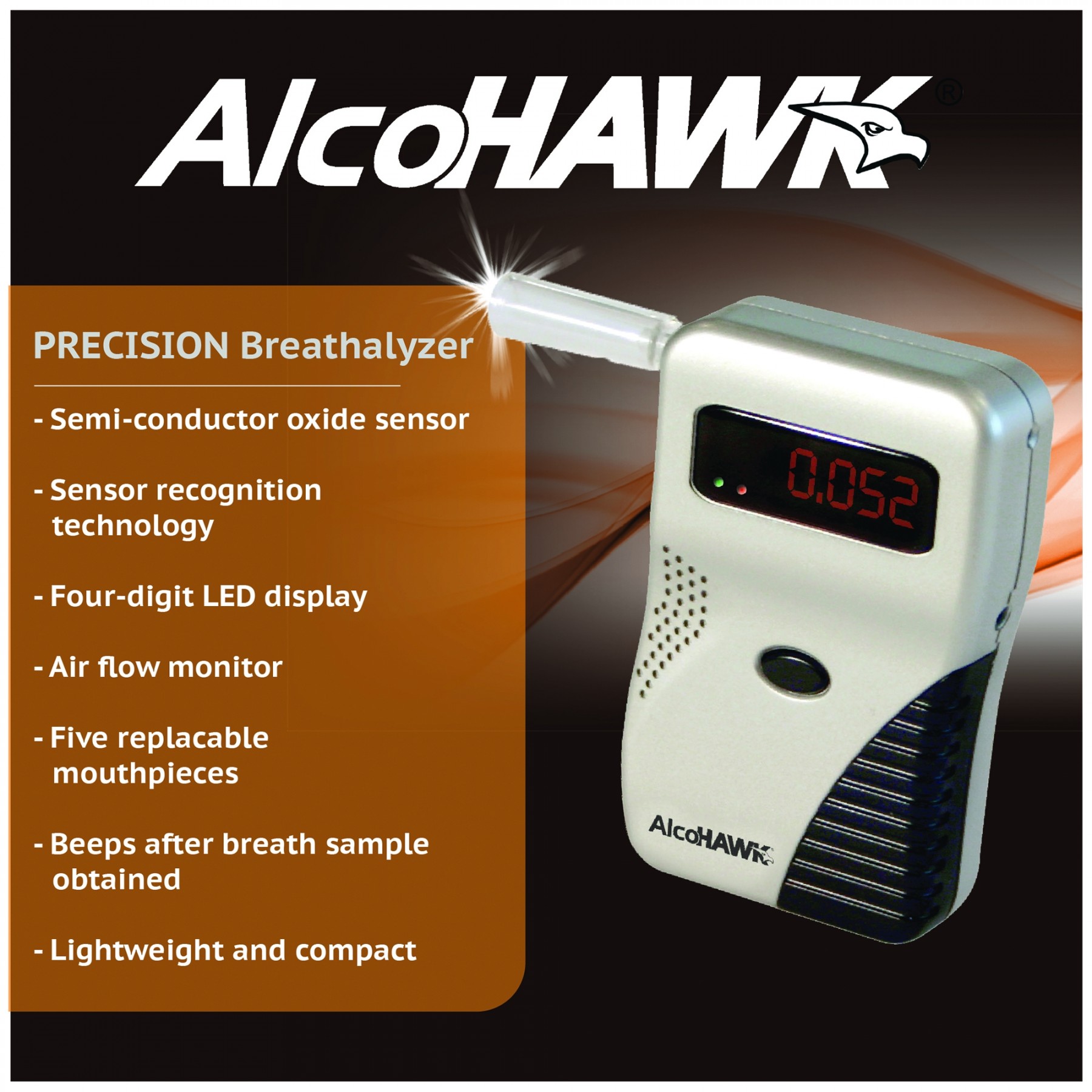
AlcoHAWK Precision Breathalyzer AlcoHAWK Breathalyzers
To use the Breathalyzer™, the subject exhales through the mouthpiece into a test chamber filled with a reddish-orange solution of potassium dichromate (K 2 Cr 2 O 7 ). Figure 4.7 An example of a newer version of a breath testing device. In the Breathalyzer™, alcohol reacts with the reddish-orange potassium dichromate solution and turns green.

Breathalizer with Blue Backlight LCD Screen, Portable Breathalyzer to
How it works. In an alcohol breath test like the breathalyzer, there's a mouthpiece and two chambers filled with liquid that are connected to a meter that looks for any changes in color. You.

How Long Does A Breathalyzer Detect Alcohol? Top Healthy Trials
Takeaway. Alcohol breath comes from your lungs, rather than your mouth. This makes it hard to get rid of the smell. But, temporary fixes like cough drops, drinking coffee, and chewing gum may help.

Results of Breath Alcohol Test Alcohol awareness, Alcohol, Infographic
A breathalyzer can detect alcohol on the breath for up to 24 hours. However, the timeframe varies depending on the individual and the quantity of alcohol they consume. The detection time varies.
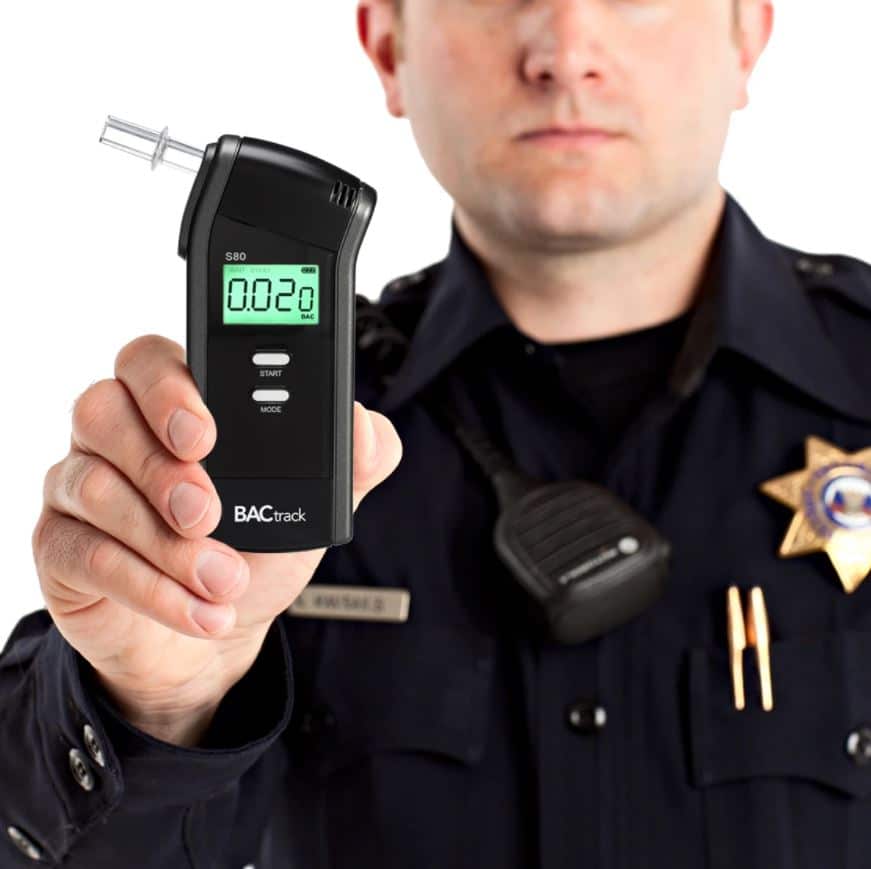
What are the Alcohol Breath Test Levels Breathalysers New Zealand
Breath sample collection: The driver must blow into a tube connected to the device. Chemical reaction: The breathalyzer contains a chemical substance that reacts with any alcohol in the breath sample.
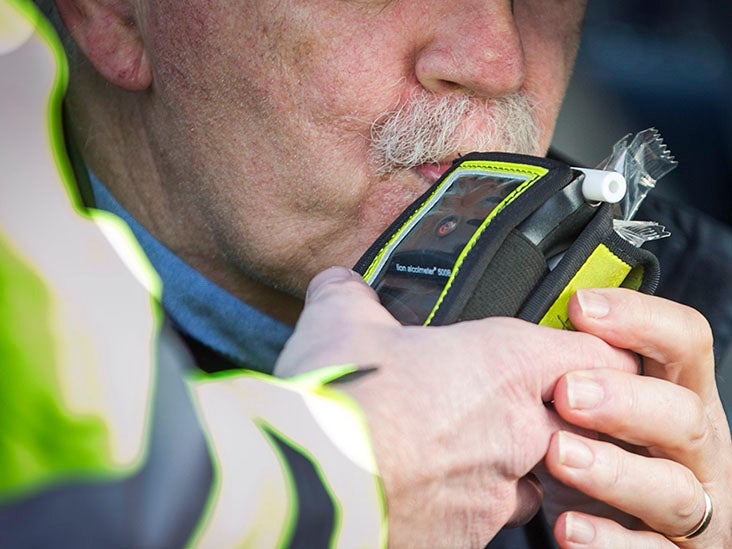
How long do breathalyzers detect alcohol?
Takeaway. The length of time alcohol stays in the body will depend on factors such as individual features, how much a person has drunk, and how fast. Some tests can detect alcohol in the body for.
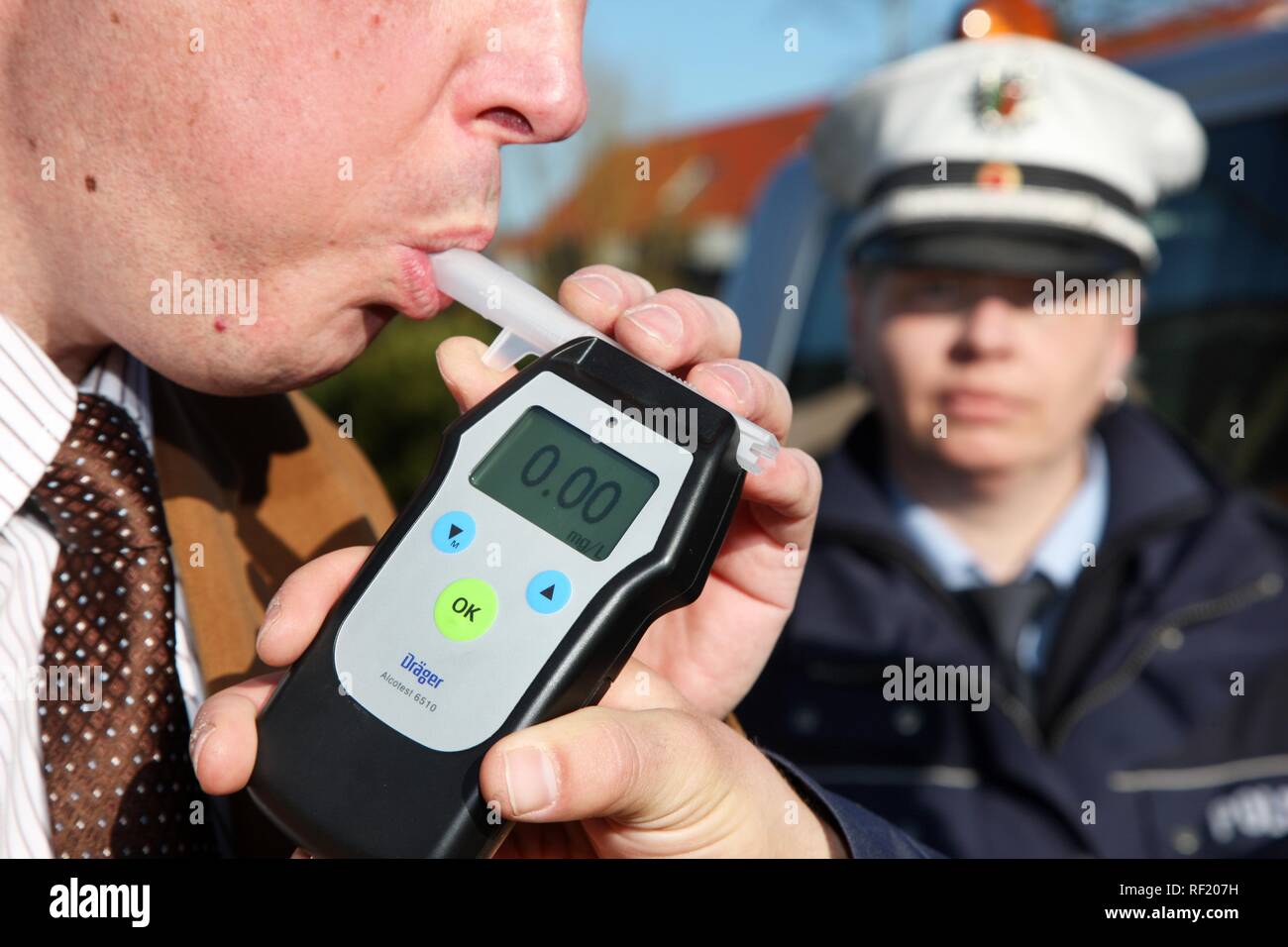
Alcohol breath test hires stock photography and images Alamy
Yes, alcohol in a person's breath does indicate the presence of alcohol in their blood, but the concentrations are different. When a person consumes alcohol, it enters the bloodstream and moves through the entire body. During the trip, it gets distributed in the lung tissues and with the air in one's lungs.
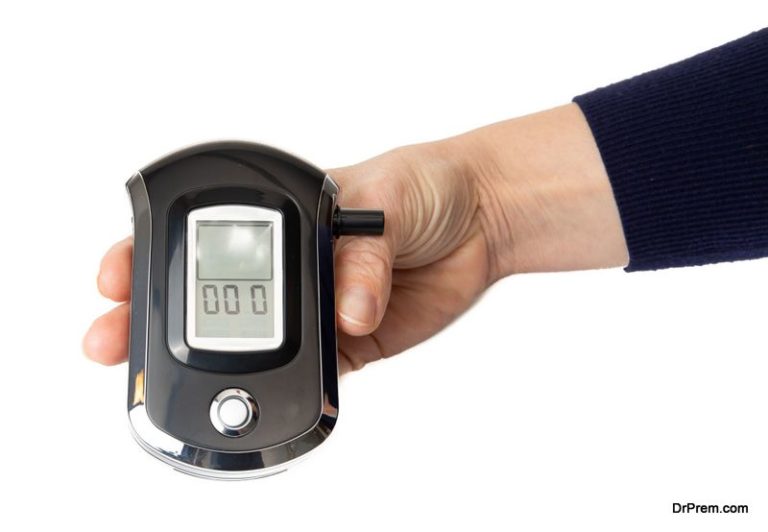
Digital portable Alcohol Breath Tester Breathalyzer Analyzer Detector
These devices are fine-tuned for accuracy through calibration, a process Smart Start's car breathalyzers undergo every 30-90 days, depending on state regulations. Since breathalyzers are designed to detect alcohol in someone's breath, it is possible that if you have residue from something like mouthwash left in your mouth, the breathalyzer.

How Does A Breathalyzer Detect Alcohol From Your Breath? Breathalyzer
A breath alcohol test measures how much alcohol is in the air you breathe out. The device uses that measurement to estimate how much alcohol is in your blood. That number is known as your BAC, or.
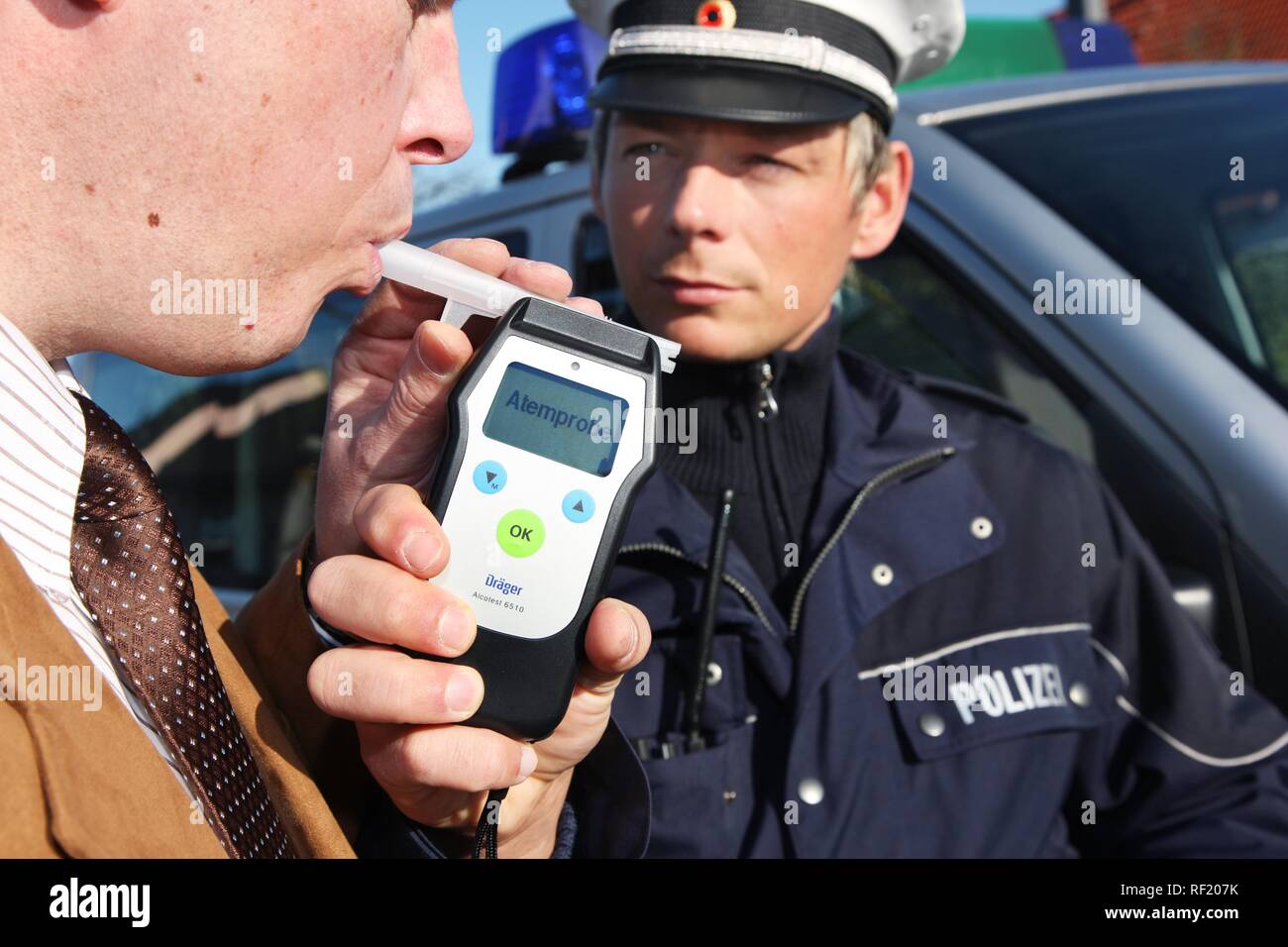
Alcohol breath test, driver being tested with a breathalyzer
Top Four Frequently Asked Questions 1. Why do I need a breath alcohol tester? A Breathalyzer is a valuable purchase to ensure personal safety and the safety of others. An individual may purchase one for self-testing and monitoring to avoid the consequences of driving while intoxicated, or simply for a general understan.
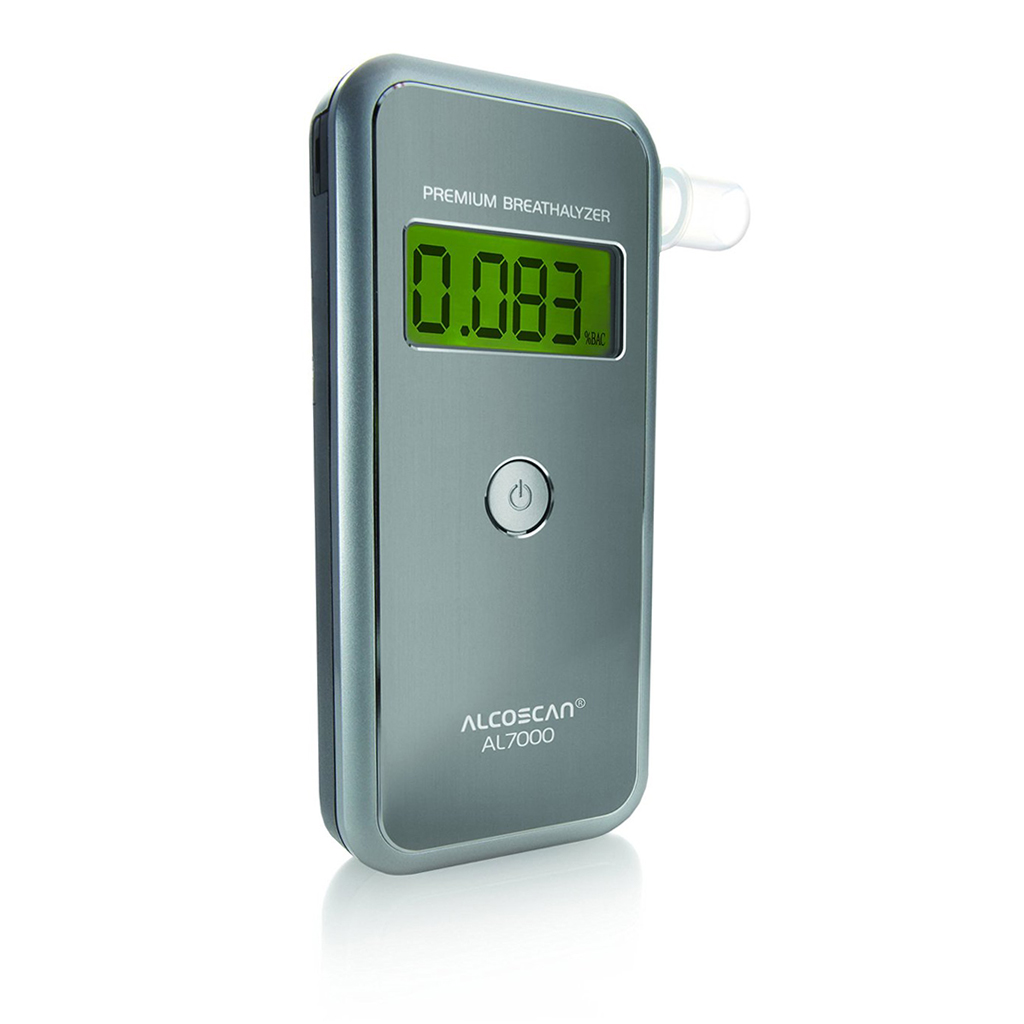
Breathalyzers For alcohol test
About 24 hours after a person's last alcoholic drink, a breathalyzer will still be able to detect alcohol in their system, and they will be caught for drunk driving. Despite this, the precise period of time a DUI breath test can detect alcohol will usually vary based on: A person's system. The amount of alcohol the person consumed.
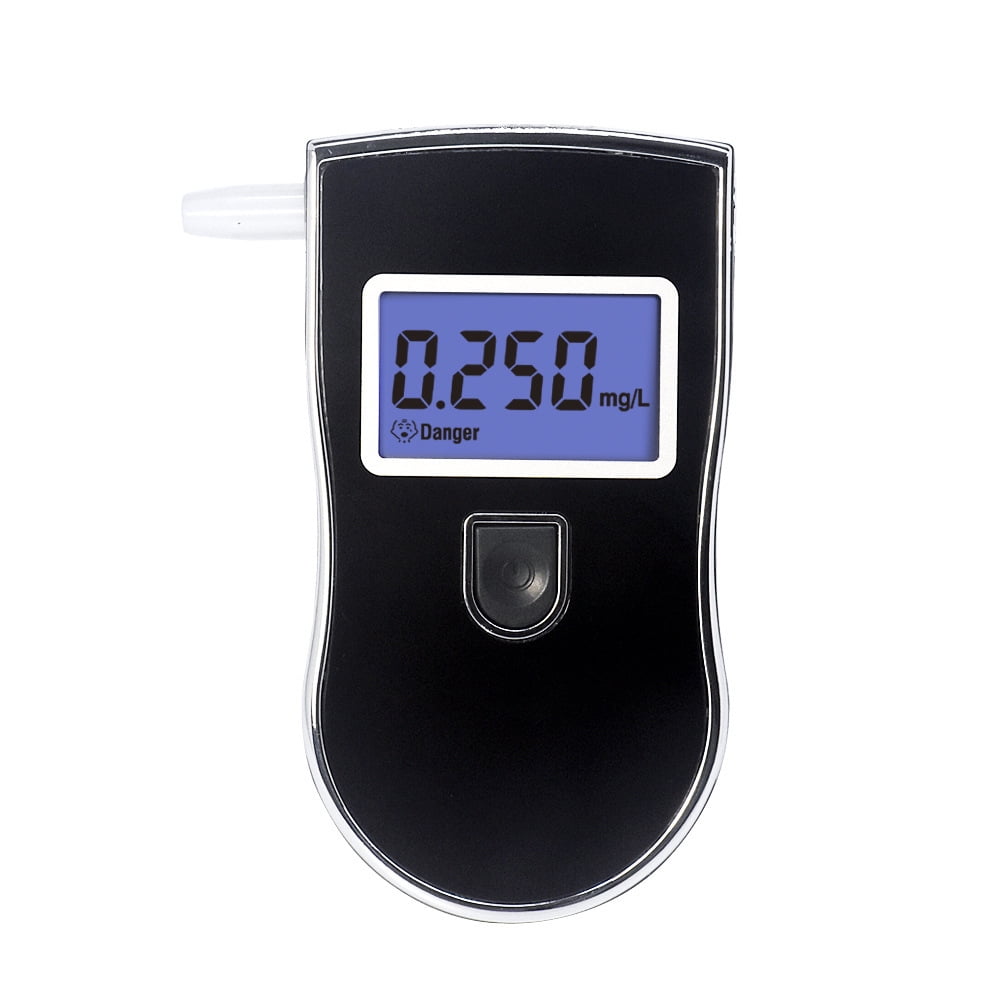
【73OFF!】 Professional Breathalyzer Portable Breath Alcohol Tester
Depending on the type of test used as well as your age, body mass, genetics, sex, and overall health, alcohol is detectable from 10 hours to 90 days. When misused, alcohol can do as much (or even more) overall harm as many illegal drugs. People who misuse alcohol also risk developing physical and psychological dependence and alcohol use disorder .
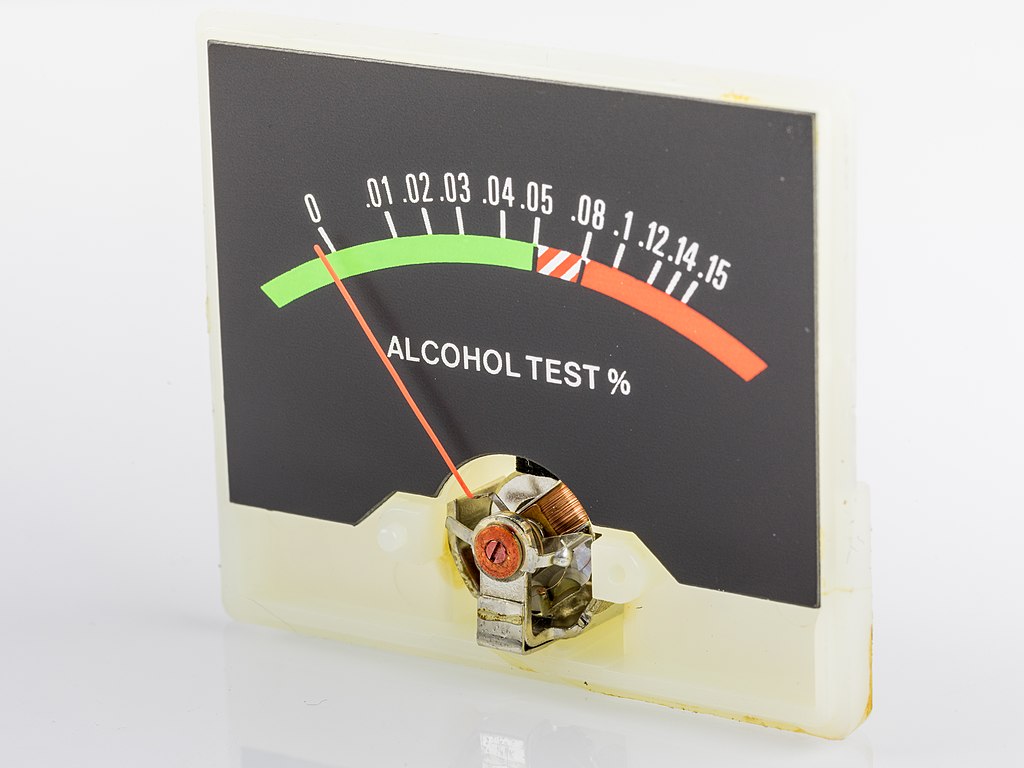
How Does A Breathalyzer Work How It Detects Alcohol From Your Breath?
Many people wonder how long car breathalyzers can detect alcohol on your breath. Read on to learn more on how ignition interlock devices work. Breathalyzers and BAC. Breathalyzers work by measuring your blood alcohol concentration, which is expressed as a percentage that equates to the weight of ethanol in grams for every 100 milliliters of blood.

How Long can a Breathalyzer Detect Alcohol Ovus Medical
The term "alcohol" to a chemist means an organic compound that contains an OH group, but as far as the public is concerned "alcohol" refers to one specific compound, namely, ethanol. It is ethanol that we consume in wine or beer, and when we measure blood alcohol content (BAC), we're really measuring blood ethanol content. Breath analyzers (Breathalyzer is a brand name) contain an.